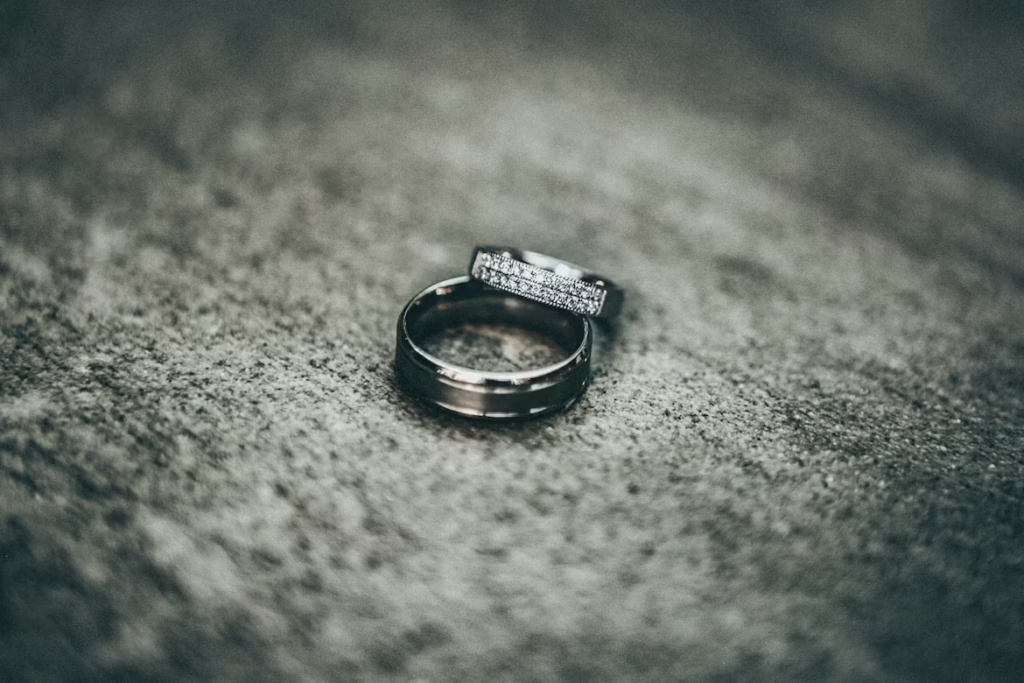The roof over a building isn’t just a structure that shelters it from the elements. For businesses, it’s a critical component of a facility’s infrastructure that impacts energy efficiency, operational costs, and even employee comfort. Commercial roofing plays a pivotal role, providing businesses with the protection and durability they need to thrive in a competitive environment. Whether you’re a facility manager, business owner, or contractor, understanding the value and variety in commercial roofing can reshape how you view this integral part of any business structure.
This blog explores why commercial roofing matters, the materials and systems available, and why maintaining your roof is critical to long-term success.
Why Commercial Roofing is More Than Just a Building Component
Protecting Assets and Operations
Commercial roofs are the first line of defense against unpredictable weather conditions, from heavy rain and snow to scorching heat. By effectively protecting the interior space, equipment, inventory, and employees, a solid roofing system ensures business operations can continue without disruptions caused by leaks, water damage, or structural failures.
Enhancing Energy Efficiency
Did you know that your commercial roof could significantly reduce energy costs? Reflective roofing materials, such as TPO (Thermoplastic Polyolefin) and cool roofing systems, help maintain indoor temperatures by deflecting sunlight and reducing heat absorption. This minimizes the strain on HVAC systems, resulting in energy savings that can add up to thousands of dollars annually for large buildings.
Contributing to Sustainability
Many businesses are under pressure to achieve sustainability goals. Green roofing systems, often featuring vegetation layers, not only provide a visually striking element but also improve insulation, reduce stormwater runoff, and even improve air quality. Eco-conscious roofing choices showcase a company’s commitment to sustainability, which is increasingly appealing to employees, customers, and stakeholders.
Common Commercial Roofing Materials and Systems
Understanding the array of roofing options available is crucial for making an informed decision. Here, we’ll break down some of the most widely used commercial roofing materials and systems.
Built-Up Roofing (BUR)
Often referred to as tar and gravel roofs, BUR systems have been around for decades. They consist of multiple layers of bitumen and reinforcing fabrics, making them durable and waterproof. However, installation can be labor-intensive, and they are better suited to roofs with limited foot traffic.
Modified Bitumen Roofing
A cousin of BUR, modified bitumen offers improved flexibility through the addition of polymers. This roofing type is trusted for its durability and resistance to low temperatures, making it a go-to for buildings located in colder climates.
TPO and PVC Roofing Systems
TPO and PVC are among the top choices for energy-efficient and cost-friendly commercial roofing. Known for their reflective properties and flexibility, these systems excel in both hot and cold climates. They are also resistant to grease, chemicals, and UV degradation, which makes them a popular pick for restaurants and industrial facilities.
Metal Roofing
Extremely versatile and long-lasting, metal roofing systems are composed of materials such as steel, aluminum, and zinc. Metal roofing often boasts warranties of up to 50 years, and with its recyclable components, it aligns well with sustainable business initiatives.
EPDM (Ethylene Propylene Diene Monomer)
Renowned for its simplicity and affordability, EPDM is a type of single-ply rubber roofing. Its strong resistance to UV rays and extreme weather makes it a good option for buildings in sunny or unpredictable climates. However, while durable, it may not be as energy-efficient as other options unless treated.
Green Roof Systems
With vegetation and soil acting as natural insulators, green roofs are becoming more common in urban areas. These roofs reduce energy usage, extend roof lifespan, and provide an eco-friendly aesthetic. Maintenance-wise, though, they require extra attention to keep plants healthy and the structural integrity in check.
Why Regular Maintenance is a Business Must
A roof that isn’t well-maintained can quickly turn into a liability. Ignoring routine inspections can lead to small leaks that evolve into significant damage, resulting in costly repairs or even the need for roof replacement. Proactive maintenance extends the life of your roof and ensures that your investment pays off, while also improving the safety and functionality of your building.
Prevent Costs from Piling Up
Small issues, like blocked drains or minor cracks, can quickly get out of control if left unaddressed. Regular maintenance catches these problems early, saving you from expensive repairs later.
Insurance Compliance
Many insurance providers require proof of regular roofing maintenance to keep policies intact. Avoid risking lapses in your coverage by scheduling consistent checkups with a certified roofing professional.
Improved Employee and Tenant Satisfaction
A roof in disrepair doesn’t just pose structural problems; it can lead to discomfort for everyone inside the building. Leaks, invasive drafts, and mold growth affect both employees’ productivity and tenant satisfaction. Regular roof maintenance cuts these risks in half.
The Role of Technology and Innovation in Commercial Roofing
Gone are the days when roofing installations were rudimentary and time-consuming. The advancements in commercial roofing technology mean better materials, smarter installations, and more sustainable systems. Drones, for instance, are now widely used to inspect hard-to-access areas of roofs efficiently and accurately. Likewise, energy-efficient materials and systems offer businesses the ability to track their energy savings in real-time.
By investing in innovative roofing solutions, companies can achieve both short- and long-term operational benefits.
Key Trends Shaping Commercial Roofing
Staying ahead in a competitive industry requires awareness of the trends shaping commercial roofing. Here’s what’s making waves in 2024 and beyond:
- Cool Roofs are becoming standard, especially in warm climates, for their ability to maintain indoor comfort with minimal energy usage.
- Solar Integration on roofs is evolving, with solar panels becoming more cost-effective and easier to install alongside traditional roofing systems.
- Green Roofing Systems continue to grow in popularity, especially in urban areas, as cities look for ways to combat heat islands and increase biodiversity.
- Recyclable Materials are in demand among businesses aiming to reduce their carbon footprints.
Elevate Your Business with Smart Roofing Choices
Commercial roofing is more than a protective layer for your building; it’s a strategic investment in your business’s future. From extending the lifespan of your property to reducing operational costs and improving employee satisfaction, the benefits of choosing the right roofing system are undeniable.
To maximize your investment, partner with seasoned professionals who understand the unique demands of commercial roofing. Whether you’re installing a new system or maintaining your current one, expert guidance ensures your roof supports your goals for years to come.
Consider upgrading to energy-efficient or sustainable solutions that align with modern business priorities. A proactive approach today can save your business significant costs and headaches tomorrow.



